Nobuyoshi Narimatsu
SERENDIE – stories
STORIES / INTERVIEW

Pioneering the future from the railway business. Supporting energy saving and equipment optimization in railways and areas along them by utilizing data from Serendie
2024.12.27
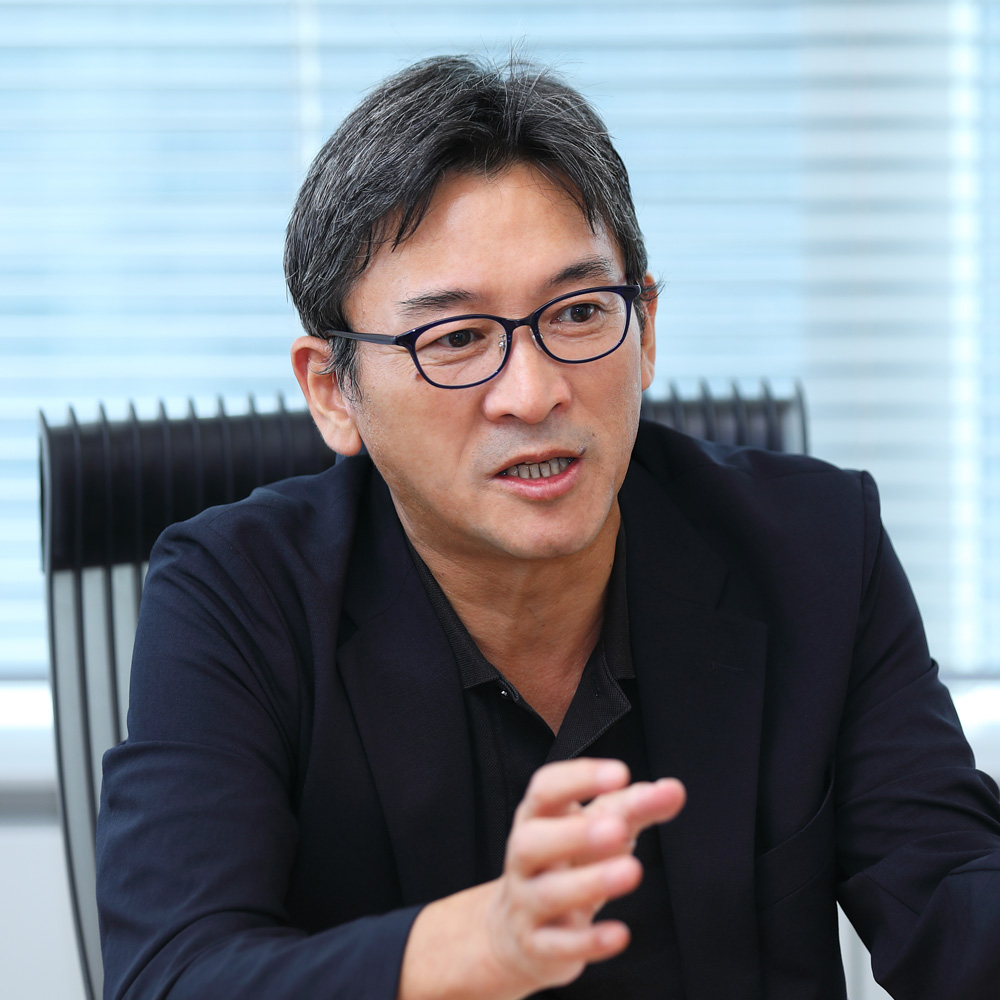
General Manager, Mobility Infrastructure Systems Department, Mitsubishi Electric Corporation
Joined Mitsubishi Electric Corporation in 1992. He was engaged in sales for domestic railway operators, and after working as the Manager of the Operations Division of the Social System Operations Department and Deputy Manager of the Sales Division of Itami Works, he successively served as the Sales Manager and Deputy Manager of the Domestic Transportation Business Department from 2019. He has been in his current position since April 2024.
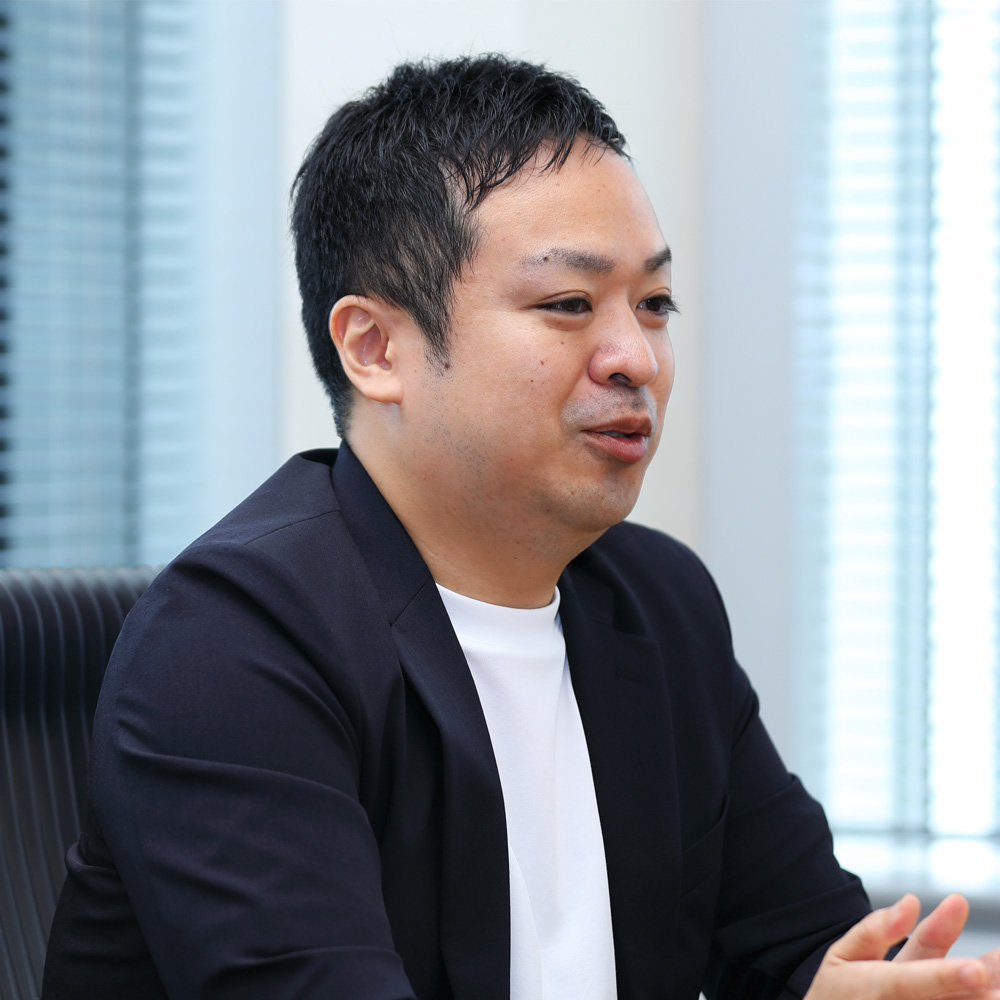
Hironobu Kato
Mobility Infrastructure Systems Department, Mitsubishi Electric Corporation Deputy Manager, Transportation Business Strategy Section, Business Strategy Department
Joined Mitsubishi Electric Corporation in 2010. He was mainly in charge of sales of ground systems, including various information systems such as operation management systems and passenger information systems, as well as substation equipment for domestic railway operators. He has been in his current position since April 2024 and is engaged in the formulation of global business strategies for ground systems.
Safe and stable operation is an absolute requirement for railway operators who carry people and goods. While adhering to these requirements, it is necessary to promote carbon neutrality and to take measures against a decrease in transportation volume due to the declining birthrate. Mitsubishi Electric, which has been working with railroad operators in this field for many years, strives to solve such complex issues by utilizing the digital infrastructure “Serendie” together with the operators.
“Just as we thought it was necessary to provide value beyond the conventional framework, Serendie was born," say Nobuyoshi Narimatsu, General Manager of the Mobility Infrastructure Systems Department of Mitsubishi Electric, and Hironobu Kato, Deputy Manager of the Transportation Business Strategy Section of the Business Strategy Department. We asked them about the new value and possibilities that Serendie can provide to the railway business by utilizing data.
The push for carbon neutrality and the declining birthrate, social issues affecting railway operators
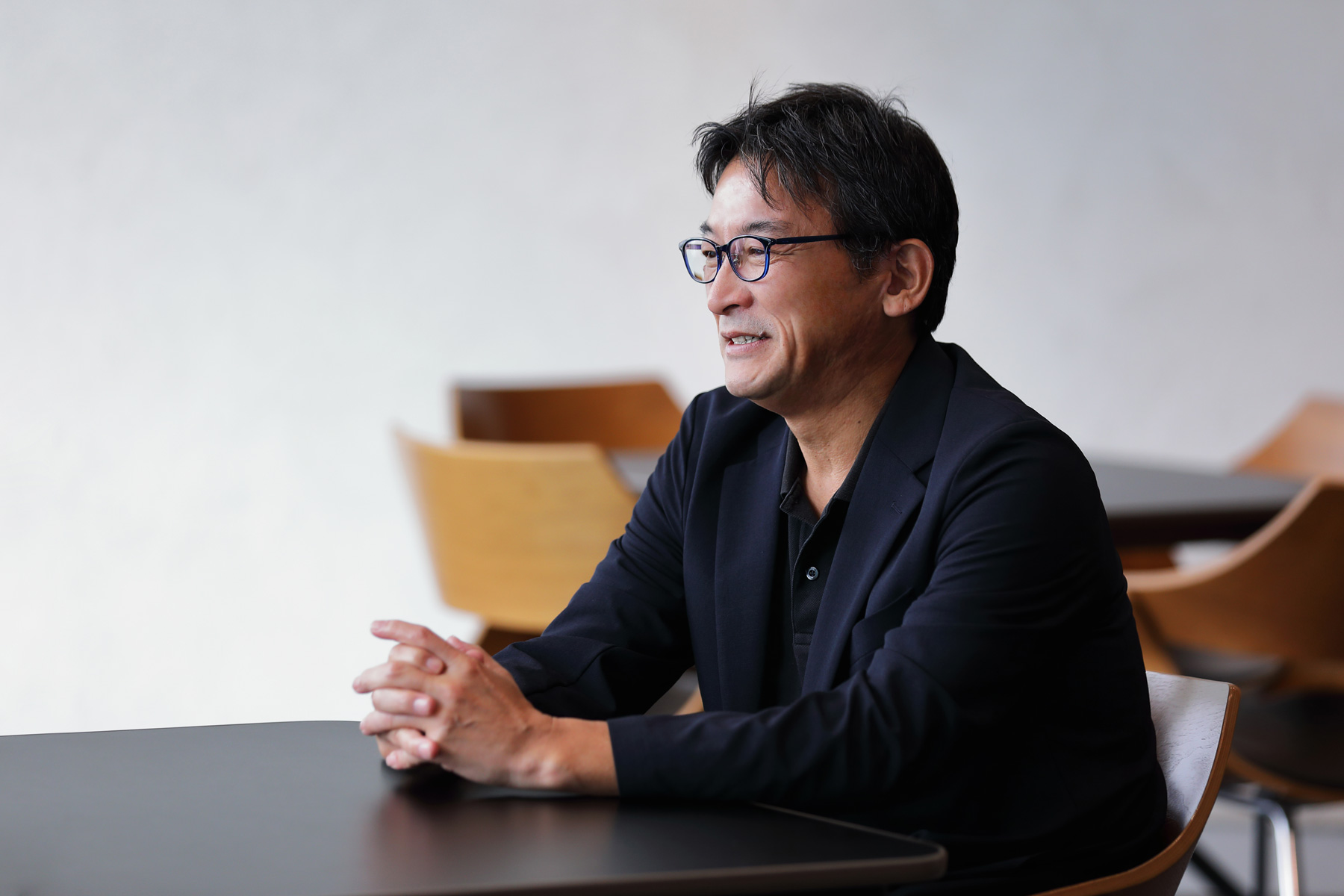
——The launch of a data analysis service for railways using the “Serendie” digital platform was announced in July 2024. First, please tell us about the services Mitsubishi Electric has provided for the railway business.
NarimatsuMitsubishi Electric provides railway operators electrical equipment for rolling stock, power substation equipment, and a variety of information systems including train operation management systems. In addition, we conduct various research and development activities together with business operators. For example, we have pursued the downsizing and efficiency improvement of electrical equipment for rolling stock.
——What are your thoughts on the challenges facing the rail industry?
NarimatsuAs a premise, the industry as a whole is working to reduce its carbon footprint. Many railway operators have set a goal of achieving carbon neutrality by 2050.
In addition, we must consider the impact of the declining birthrate and aging population. The railroad industry is a very capital-intensive industry. It must continually invest to maintain its equipment, and it needs a certain level of revenue for this. However, it is expected that the volume of transportation will decrease due to the declining population, and it will be harder to maintain current profit levels. As a result, there is a growing need to keep capital investment as low as possible. In fact, while this issue was expected to arise in the more distant future, the COVID-19 pandemic quickly brought it to reality earlier than anticipated.
Energy saving and optimization of equipment assets are realized by combining various data
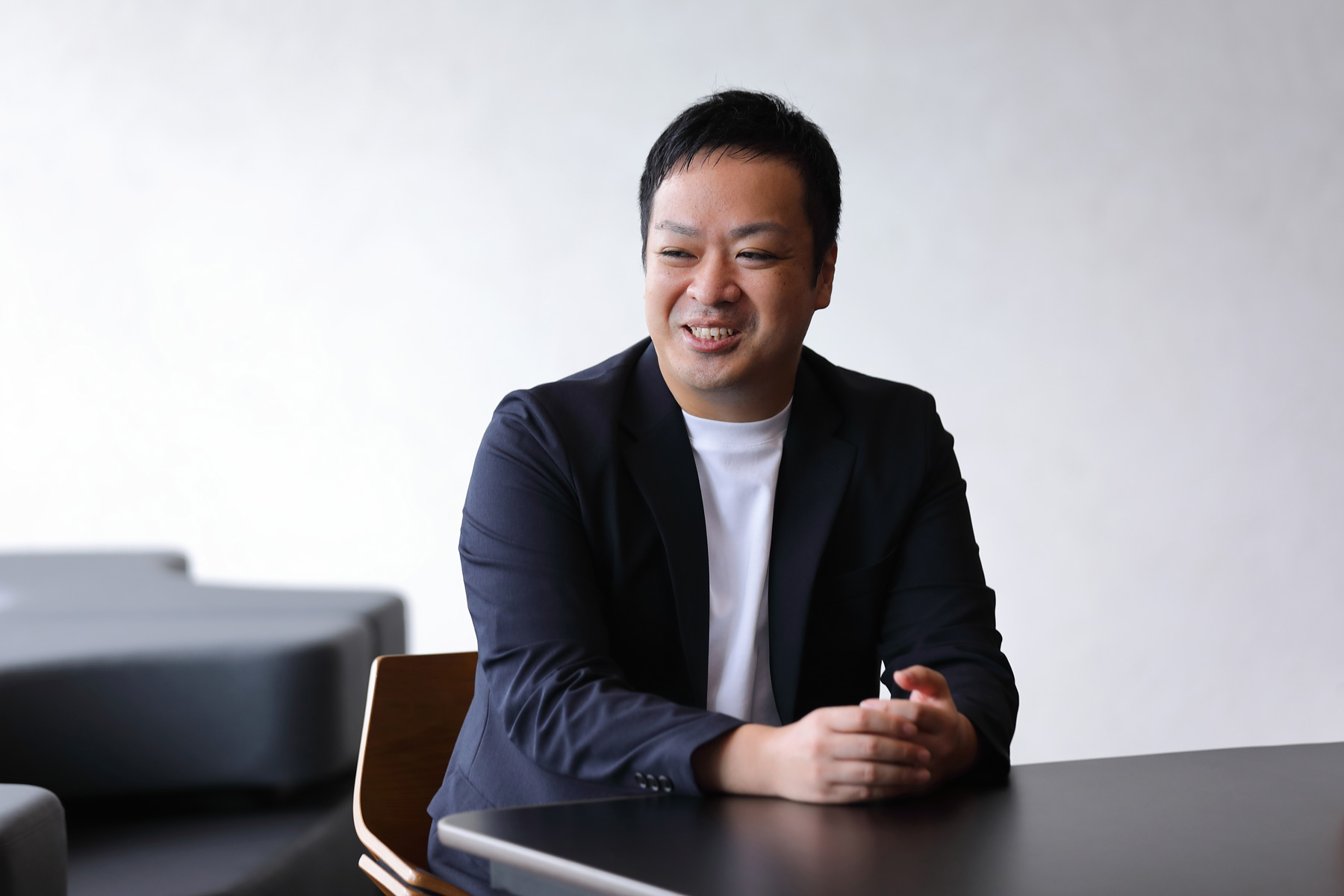
——Considering these challenges, what kind of actions have the railway operators and Mitsubishi Electric taken?
NarimatsuThe business areas of railway operators are very broad and are divided into several systems, including rolling stock, electrical, and civil engineering. In the past, we optimized the accumulated data for each system. For example, big data obtained from vehicles is utilized for failure prediction in the rolling stock system.
However, railway operation is made up of multiple systems cooperating with each other. Therefore, it is important to have horizontal connections between the systems to optimize the entire system and to resolve challenges fundamentally. Unfortunately, the actual systems are siloed, and the data accumulated by each system has not yet been combined and utilized.
Both the operators and us manufacturers were aware of the situation, but we did not have a solution to break through these constraints. The lack of horizontal connection was a bottleneck, making it difficult to implement new technologies and services.
KatoNow that Serendie has been released, it will be easier to combine the data that each system continues to accumulate. We will be able to do things that we knew were important but have had difficulty achieving or have wanted to do in the past in a variety of fields such as maintaining safe and stable transportation, becoming carbon neutral, and reducing capital investment for the future. We will be able to promote new value through vertical and horizontal connections, rather than in traditional silos.
——So, the data analysis service for railways can create new value using Serendie. Specifically, what kind of data will be collected, and what will be accomplished?
KatoWe collect data such as “voltage, current, regenerative power, running position of trains, and congestion” from rolling stock, “amount of electricity, feeding voltage*” from substations, and “amount of solar power generation, storage battery charge, regenerative power, and station load power” from station facilities. Operational data and weather information will be collected too.
* Feeding voltage: the voltage of electricity used by rail vehicles when they are running.
For example, regenerative power can be transferred between surrounding trains in areas if the train service intervals are short. However, if they are too long, it is difficult to transfer and will be lost. Therefore, one solution is to store surplus regenerative power in the “S-EIV” auxiliary power supply unit for the station building and utilize it for the station building and other loads.
The data analysis service for railways makes it possible to visualize the generation status of surplus regenerative power by combining and analyzing the collected data. Based on this service, we can now propose the appropriate location of S-EIV and the optimal operation method of railway assets according to the degree of congestion, operation schedule, and operation status of the station.
NarimatsuIt is estimated that the effective use of surplus regenerative power will save several hundred million yen in costs.
In addition, I hear that the amount of power sent from substations is often set at a higher level so as not to impede operations. The service made it possible to analyze data accurately and determine the optimal amount of power to be sent from the substation, making it possible to propose the optimal value of substation voltage, which should lead to the streamlining of substation equipment by suppressing peak power.
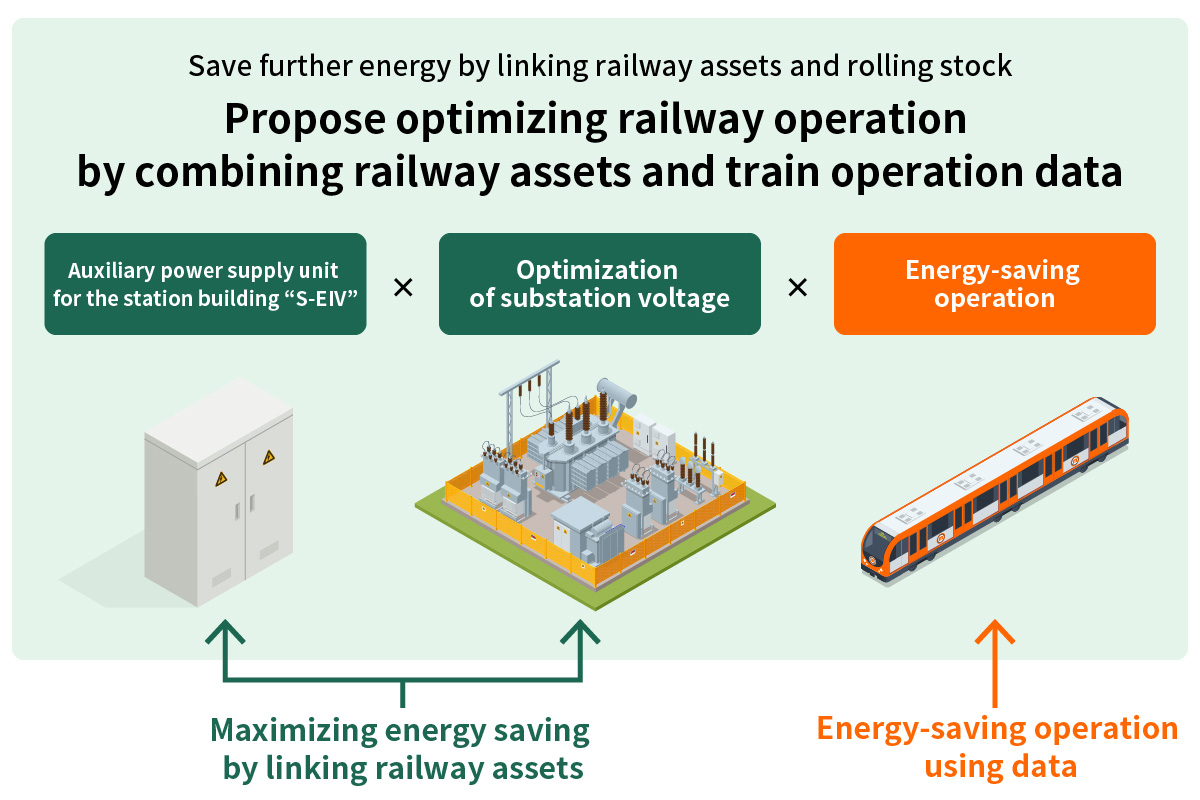
The scheme of linking railway assets and train operation
——Can we expect optimization effects not only on tangible aspects such as railroad assets but also on intangible aspects such as human resources?
KatoConventionally, the task of combining and analyzing various data from train operations has required a lot of effort and specialized knowledge and skills. In the future, Serendie will enable us to identify issues and propose solutions more efficiently and quickly, so we can expect to optimize the allocation and efficiency of human resources.
Create new value with “Technology + Philosophy + Serendie”
——From the perspective of the Mobility Infrastructure Systems Department, what do you see as Serendie's strengths and appeal?
NarimatsuThe market environment for railway operators is changing year by year in line with social trends such as the COVID-19 pandemic and changes in work styles that we mentioned earlier. We feared that the value we had been providing would eventually be insufficient to respond to such changes.
Just as we thought we had to take on the challenge of creating new value outside the conventional framework, Serendie was released. We decided “This is it” and have been working on it intensively. We believe that by combining our technology, our desire to provide more value to railroad operators, and Serendie, we will make major advances.
KatoSerendie's strengths are the agility in commercialization and the accuracy and precision of data. In addition, the DX Innovation Center (DIC), which promotes Serendie, serves as a hub to connect with other business divisions. We look forward to the new co-creation opportunities that will emerge from there. The use of data in the business divisions will also become more active as the know-how of DIC's data analysts expands within the company.
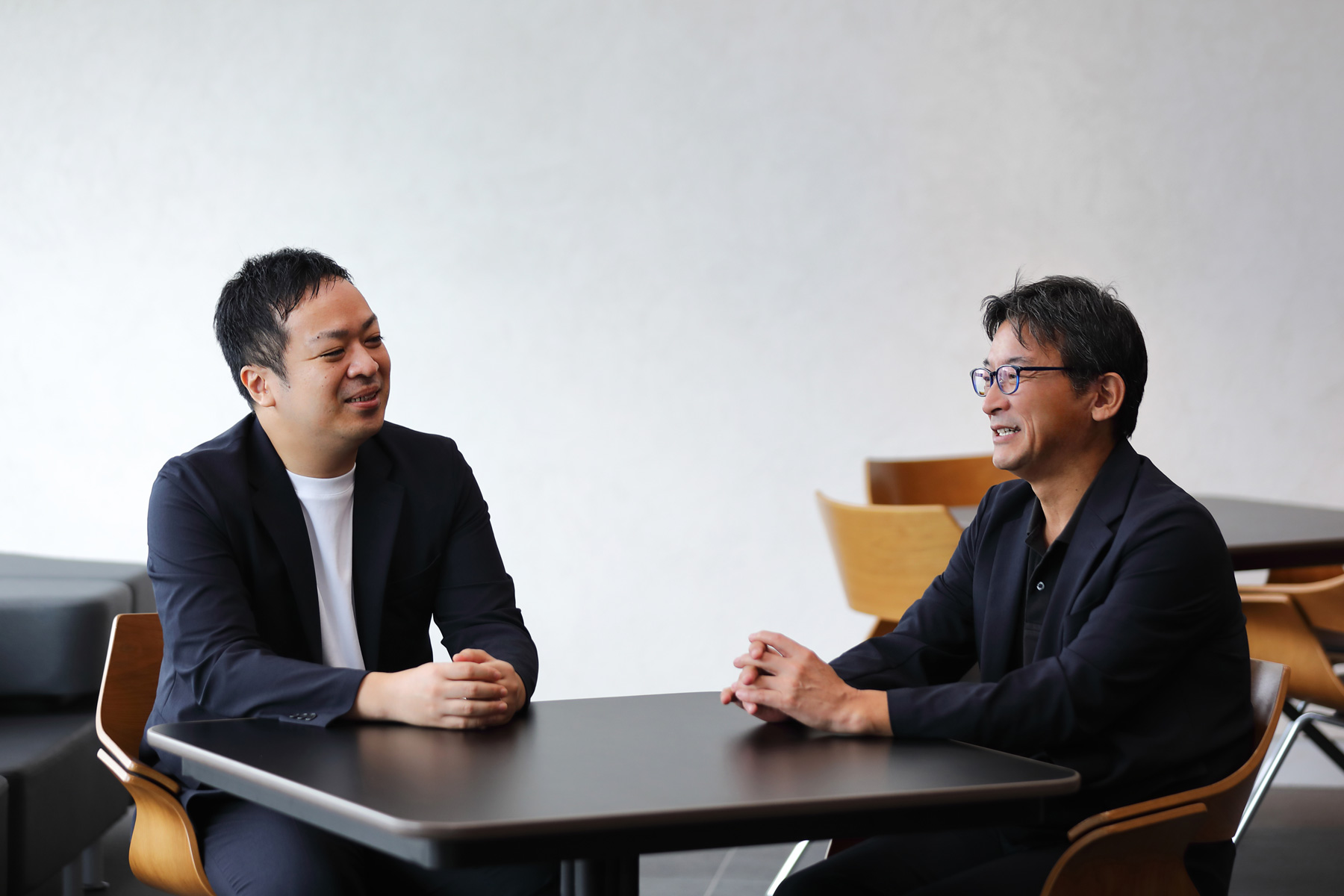
——Both from what you say and from what we feel in our daily lives, the mobility field, including the railroad business, may be in the midst of a period of transformation. Please tell us about your future prospects as the business division involved in it.
NarimatsuLooking at the mobility industry as a whole, various means of transportation have appeared not only by land but also by air, and the needs in the market have changed with the times. In order to create new value that is tailored to needs without being limited by the framework of railways, it will be necessary to proceed in a way that is not bound by conventional business frameworks, including startups.
KatoThe demand for transportation is diversifying, and in the case of railways, it may become necessary to provide the demanded transportation more quickly and accurately when it is needed, rather than just a "punctual system" that operates at a fixed time as in the past. In this case, it is crucial to use data to derive the timing of the operation, and Serendie is also useful there.
NarimatsuThe first thing we are working on using Serendie will be the optimization of energy related to the railway business. As mentioned above, we combine vertical and horizontal data to derive optimal solutions at a different level than before.
On the other hand, the railroad business as a whole encompasses not only the transportation business but also various other areas such as real estate, hotels, distribution, and services. By combining the various data Mitsubishi Electric possesses, we should be able to derive even more optimal solutions. In addition, the railway business, with its robustness, may serve as an energy hub in the event of a disaster. We will promote comprehensive regional contribution by carrying out initiatives that enable each station to be used as a regional energy hub and a base in the event of a disaster.
From the station to the region, from the region to the whole country. One of the strengths of Mitsubishi Electric is its ability to create value that extends to society as a whole. To that end, we would like to combine multiple businesses with Serendie as the core, pursue the possibility of creating new businesses, and deliver great value to society as a whole with the railway business as a starting point.
